Chandrayaan-2: Is it ISRO’s defeat or victory is hidden in this defeat too?
Lander ‘Vikram’ of ‘Chandrayaan-2’ lost contact with the ground station while landing on the moon. Communication was lost when the lander was just 2.1 km above the lunar surface.
If all went well, India would have become the first country in the world whose spacecraft would land close to the south pole of the lunar surface. When Chandrayaan-2 was about to land on the surface of the Moon, then contact with the lander Vikram was lost.
Before India, America, Russia, and China have done soft landings on the lunar surface, but their mission was not on the South Pole. The mission at the South Pole becomes very complicated.
When did the journey from India to the moon begin?
The journey began on October 22, 2008, when India’s space agency ISRO sent Chandrayaan-1 to the lunar orbit and claimed for the first time water ice rocks on the lunar surface.
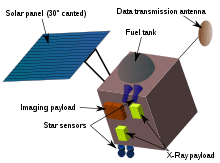 |
| चंद्रयान-1 |
Chandrayaan-1 was India’s first lunar mission. It was successfully launched on October 22, 2008, from SDSC, SHAR, Sriharikota. The spacecraft was orbiting the Moon at an altitude of about 100 km from the lunar surface for chemical, mineralogical, and photo-geological mapping of the Moon. The spacecraft carried 11 scientific instruments made in India, the United States, the United Kingdom, Germany, Sweden, and Bulgaria. After about a year, the orbiter began to suffer from several technical issues including failure of the star tracker and poor thermal shielding; On 28 August 2009, Chandrayaan-1 stopped communicating at approximately 20:00 UTC, soon after which ISRO officially declared the mission over.
History of Chandrayaan-1
→ August 15, 2003: Chandrayaan program was announced by the then Prime Minister Late Atal Bihari Vajpayee
→ October 22, 2008: Chandrayaan-1 was launched from the Satish Dhawan Space Center in Sriharikota.
→ November 8, 2008: Chandrayaan-1 entered the Moon’s transfer trajectory
→ November 14, 2008: A surface probe ejected from Chandrayaan 1 and crashed near the Moon’s south pole, probe confirms the presence of water molecules on the lunar surface
→ August 28, 2009: The termination of the Chandrayaan-1 program was announced
What is Chandrayaan-2 and what is its purpose?
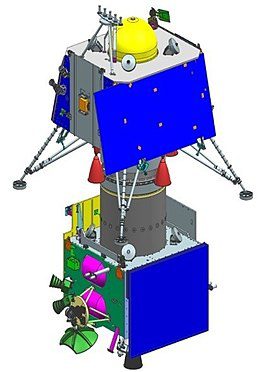 |
| ‘चंद्रयान-2’ |
Why was the south pole of the moon chosen for this?
The Moon’s south pole is particularly interesting because a larger portion of its surface remains in a shadow than the north pole. Around it, there is likely to be water in these permanently shadowed areas. The cold craters of the Moon’s south polar region contain the lost fossil record of the early Solar System. Chandrayaan-2 carrying the Vikram lander and the Pragyan rover was about to make a soft landing in the plain between two craters – Manzinus C and Simpelius N, at about 70° south latitude, but it was hard hit due to loss of communication with the mission control center. The lander Vikram is still intact on the surface of the Moon, but contact has not been made yet.
Features of Chandrayaan-2:
- The first space mission to successfully conduct a landing on the south-polar region of the Moon.
- The first Indian expedition to land on the lunar surface with indigenous technology.
- First Indian mission to capture information about the lunar surface with indigenously developed technology.
- With this, India has become the fourth country to land a rocket on the surface of the Moon.
Launch of Chandrayaan-2, equipment, and launch vehicle in it:
India’s Geosynchronous Satellite Launch Vehicle (GSLV) Mark III-M.1 passed the spacecraft Chandrayaan-2 at a distance of 169.7 km on 22 July 2019. perigee (closest point to Earth) and 45,475 km. Successfully launched into the planned orbit with an apogee (farthest point from Earth) of. The launch was done from the second launch pad of Satish Dhawan Space Centre-SHAR, Sriharikota.
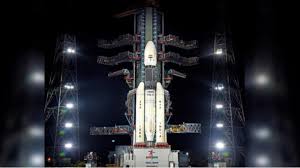 | ||
|
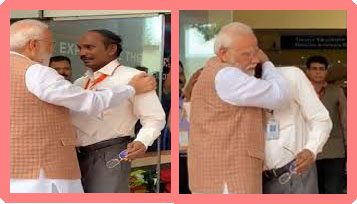 |
| Prime Minister Shri Narendra Damodar Das Modi hugged ISRO Chief Dr. K. Sivan, looking emotional about the mission is incomplete. |
Why are we saying that a big victory of India is also hidden in the incomplete journey of the moon?
 |
| Images of the Lunar Surface captured by Terrain Mapping Camera -2 (TMC-2) of Chandrayaan 2 |


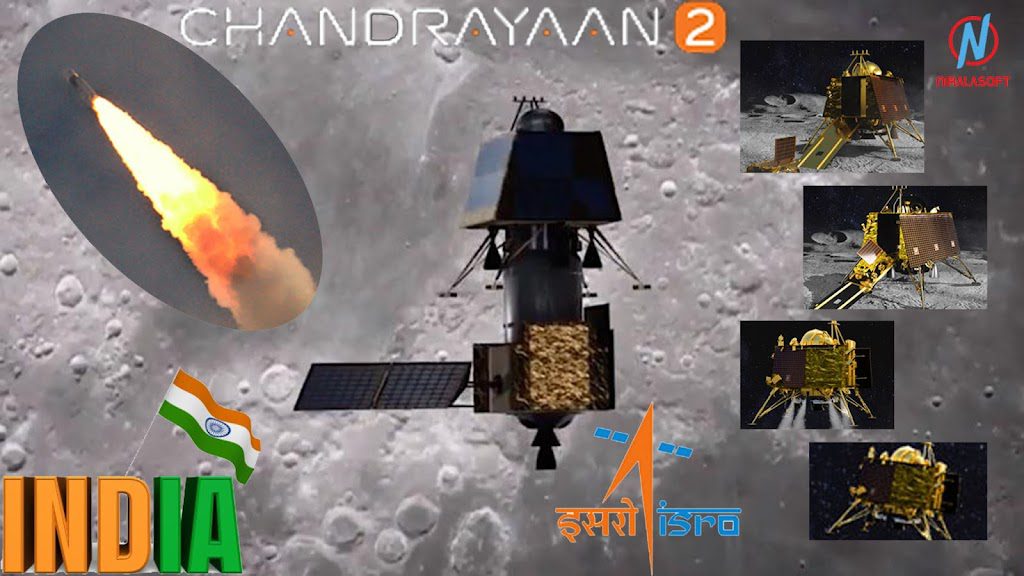
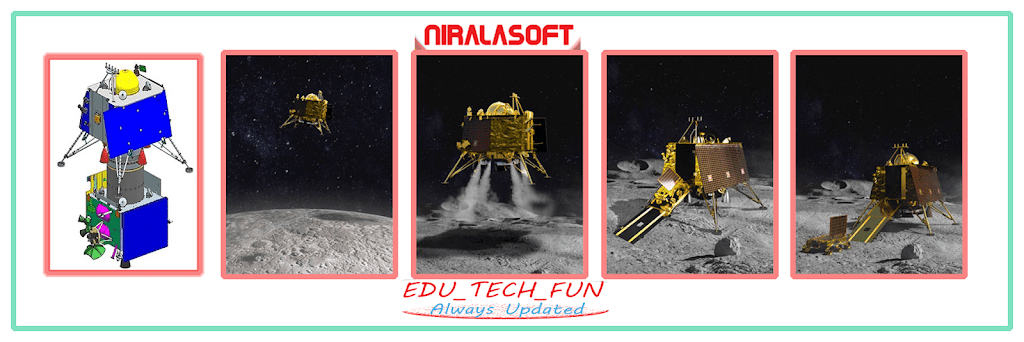
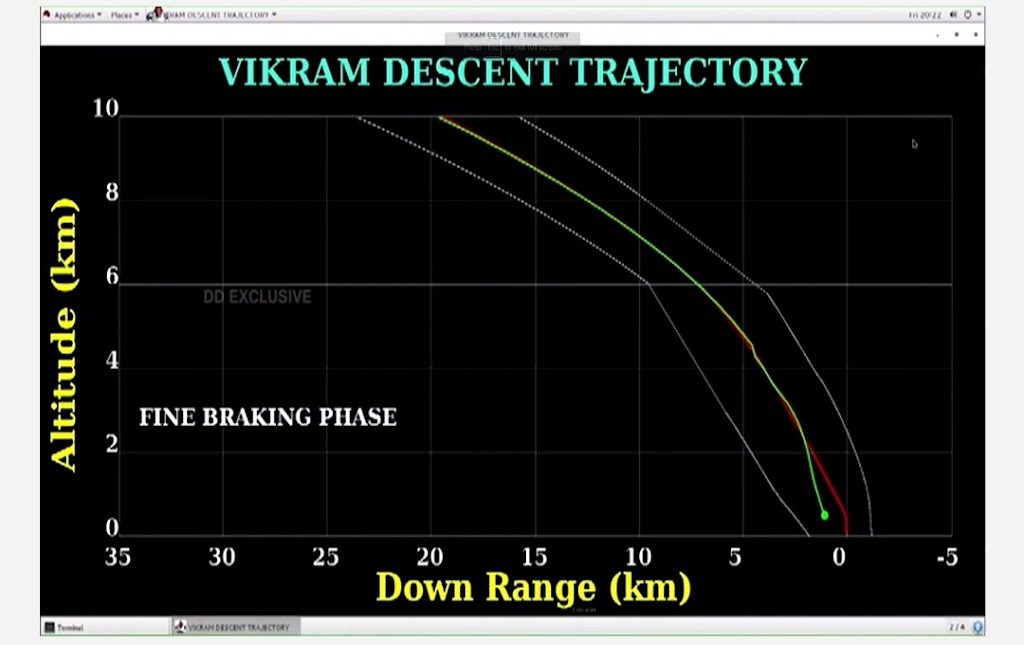





0 Comments